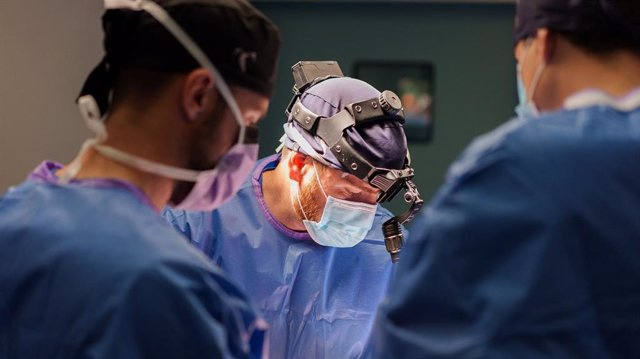Soler Traumatology explains the 5 keys that make the Superior Direct Approach an effective alternative to traditional methods to treat hip injuries
Madrid, June 28, 2023.- In the field of trauma, there are different surgical techniques that seek, by different means, to access the affected area. However, although they all have the same objective -improving the health and well-being of the patient-, the process does not mean the same in each one of them. In recent years, minimally invasive techniques such as the Direct Superior Approach (DSA) have gained popularity, as they allow faster recovery and lasting results compared to conventional procedures.
Soler Traumatology, specialists in hip and knee prostheses and pioneers in the application of DSA in hip surgery, explains the 5 keys that make the Superior Direct Approach an effective alternative to traditional methods for treating hip injuries:
• Less bleeding: the Superior Direct Approach minimizes the damage to the surrounding tissues, since the 7 cm incision is made -smaller than that caused by traditional surgeries-, it is made in an area where there are fewer important structures. This produces not only the preservation of muscles, blood vessels and nerves -without disinserting the tissues or cutting them-, but also a significant reduction in bleeding during the intervention and, therefore, less postoperative pain and faster recovery.
• Direct visualization: this technique allows optimal access to the area to be treated, since structures and organs that could obstruct vision are avoided, as occurs in traditional procedures. Thus, the expert has a clear and detailed view of the joint and, therefore, precision and safety during surgery are improved.
• Stability and Alignment: In some cases, the Superior Direct Approach may be preferable due to its ability to provide greater joint stability and alignment, with virtually no dislocation, during surgery. This is especially relevant in surgeries of the hip, knee, or even the spine, where access from the upper part can facilitate the correction of deformities or the stabilization of vertebral segments.
• Lower risk of complications: thanks to its precise and minimally invasive approach, avoiding critical structures, this technique has been shown to have a reduced rate of complications during surgery and postoperatively. This includes reducing the risk of vascular, nerve, and soft tissue injuries, and even infections, as can occur in more invasive approaches.
• Postoperative Recovery: Depending on the nature and extent of the surgery, the Superior Direct Approach may offer a quicker and less painful postoperative recovery for the patient. Tissue preservation and reduction of complications can contribute to a shorter hospital stay and a more favorable overall recovery. In fact, 6 hours after the intervention, the patient is able to take his first steps and 24 hours later, he can be discharged.
Quick and safe recovery is critical in the field of trauma. Thanks to cutting-edge technology, techniques such as the Superior Direct Approach offer a series of benefits that undoubtedly improve the quality of life and well-being of patients.
Contact
Contact name: Cristina Villanueva
Contact phone: 687147360













